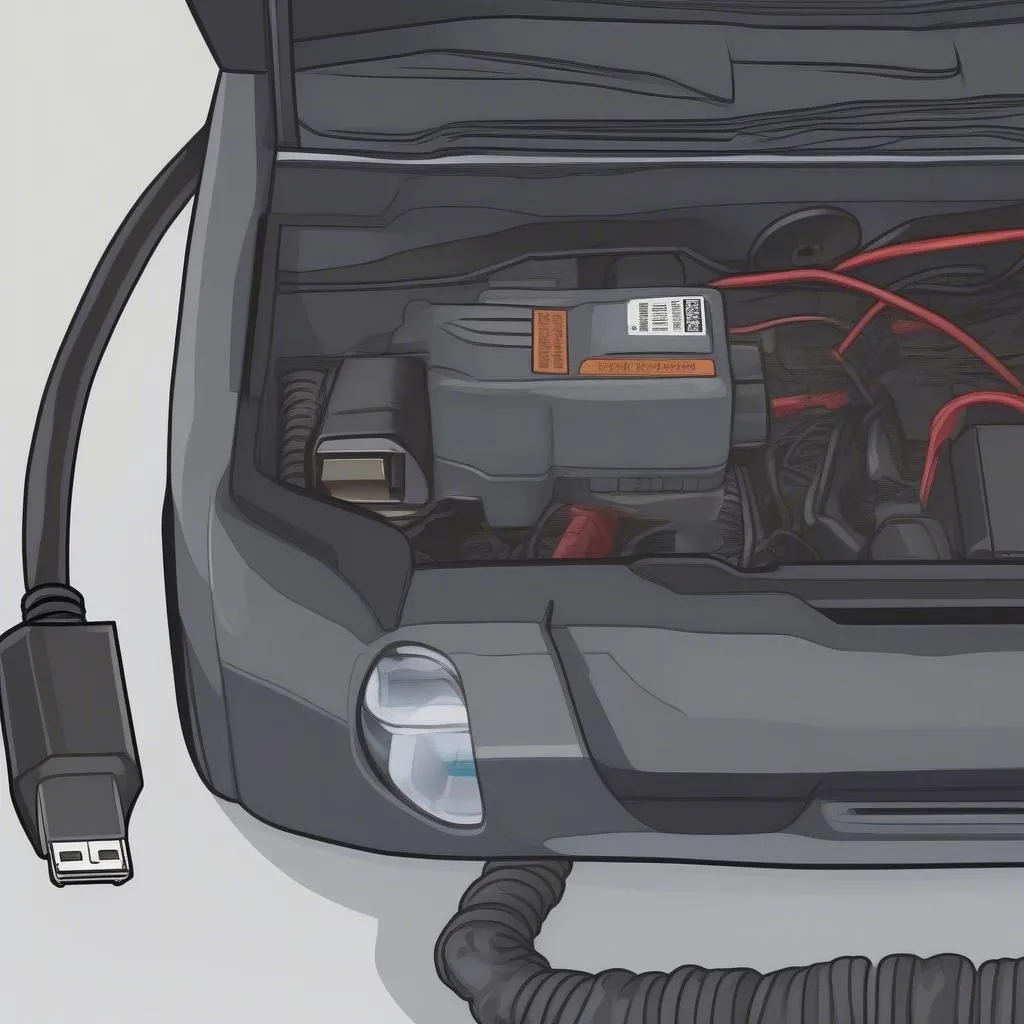Imagine this: Your trusty car suddenly decides to throw a temper tantrum, flashing warning lights like it’s sending Morse code. Your heart sinks because, let’s face it, understanding your car’s language can feel like deciphering ancient hieroglyphs. Enter the OBD II cable – your personal automotive translator and diagnostic hero!
Decoding the Mystery: What is an OBD II Cable?
Just like a doctor needs a stethoscope, mechanics and car enthusiasts alike rely on Obd Ii Cables to communicate with a vehicle’s computer system. Short for On-Board Diagnostics, OBD II is a standardized system that allows you to tap into your car’s inner workings. The cable itself is a physical connector, often resembling a chunky USB, that bridges the gap between your car’s OBD II port (usually located under the steering wheel) and a diagnostic tool, like a handheld scanner or even your laptop.
Why Should You Care About Obd Ii Cables?
Think of the OBD II cable as your car’s own personal confessional. It spills the beans on everything from engine performance to emissions, revealing hidden issues and even helping you tweak your car’s settings for optimal performance. But the benefits don’t stop there:
- Early Detection, Major Savings: By reading diagnostic trouble codes (DTCs), you can nip potential problems in the bud before they escalate into costly repairs.
- DIY Diagnostics: Ever dream of being your own mechanic? OBD II cables empower you to diagnose issues yourself, saving you trips to the garage and hefty diagnostic fees.
- Enhanced Performance: For the car enthusiast, some OBD II cables allow for performance tuning, letting you adjust parameters like fuel-to-air ratios for a little extra oomph on the road.
 OBD II Cable Connection
OBD II Cable Connection